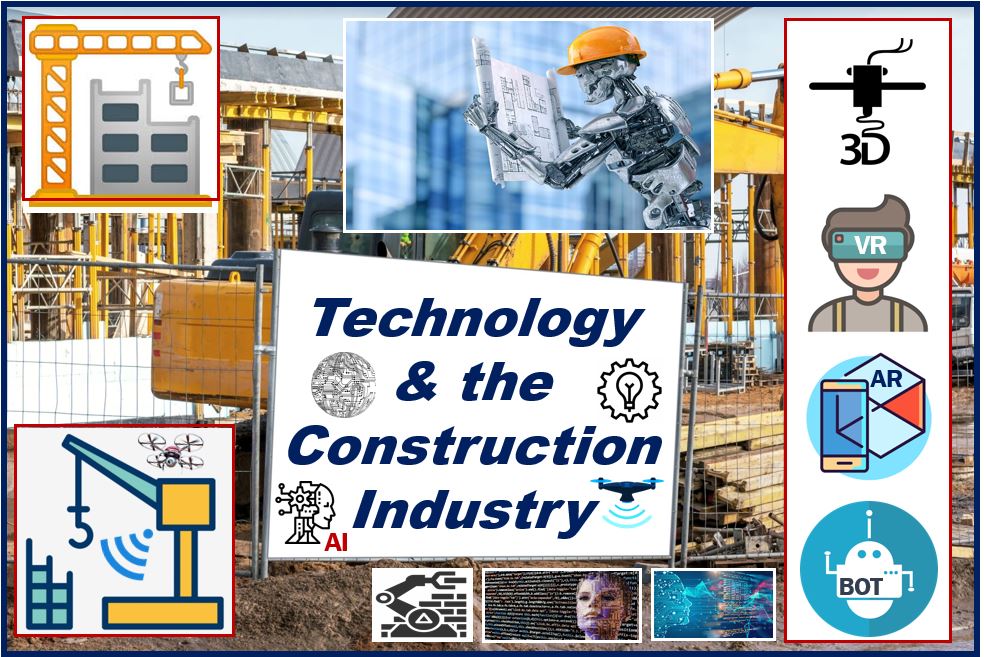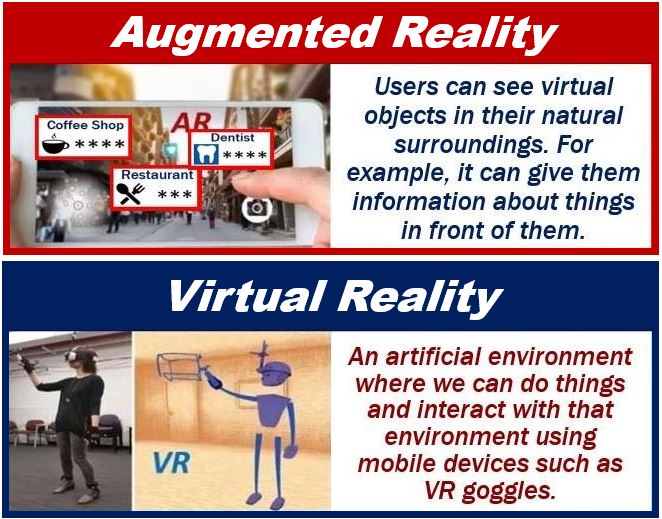The construction industry might not seem like the most technologically innovative industry. But the industry is no stranger to adopting technology. There have been plenty of innovations to meet the changing construction needs.
The link between technology and the construction industry comes alive even more when you examine its current direction. By looking at the current construction trends it’s easy to see how the future development of the industry is shaped by technological advances.
Technology’s impact on the industry shouldn’t come as a surprise. The global construction industry is massive. According to GlobalData reporting, growth in the industry will reach 5.7% by the end of 2021.

Although the industry’s growth decreased last year, the recovery has been quick. Construction activity across the globe is surging again.
Technology can help the industry meet these growing needs. Let’s examine the key technology trends and how they are shaping the future of the construction industry.
Artificial intelligence
Smart homes are the current trend in building living spaces. Our homes and workspaces don’t just have gadgets using AI. Modern AI technology is built into our living spaces from the start. Our energy consumption and lighting solutions are smart, for example. You can receive feedback on your consumption and space usage. All of this is to create a more functional and sustainable space.
But AI isn’t just becoming a thing in our homes and living spaces. The construction industry can use it throughout the building process. AI models can help with the design, while data gathered during the building process can be used to streamline future development. AI can help with scheduling, risk mitigation and efficiency.
Augmented & Virtual Reality

Similarly, AR and VR are entering the building phase. Long gone are the days of paper designs. You can now use AR and VR to see the end-product in action. These technologies can play a crucial role in construction site security. Builders can practice and iterate their steps in these virtual realities before they continue with their work in real-time.
3D printing
When it comes to actual construction, the industry has been quick to adopt 3D printing technologies. Some early estimates suggest the 3D printing construction market could reach $1.5 billion by 2024. There are many innovative strategies in use from printing the building elements to the tools used at construction sites.
3D technology can help with the growth of the construction industry in two ways. First, 3D printing can speed up construction projects. You don’t have to waste time to find and deliver replacement tools or elements but you can print them on-site.
Delays over insufficient tools are a thing of the past. The second way the technology can help is by reducing costs. 3D printing is already becoming a more viable solution. The technology is fast improving which means the costs associated are going to keep decreasing.
Wearables, bots and drones
While 3D printing can play a key role in the construction and its speed, wearables, bots and drones are going to help secure the workplace. The construction sector continues to be one of the riskiest industries when it comes to employee health. Innovation in keeping the workers safe is crucial. Wearables, bots and drones can improve security in the following ways:
- Wearables can monitor employee health and alert management for any problems with things like heart rate or body heat.
- Bots and drones can secure construction sites without risk to employee health. They can deliver tools to hard-to-reach places and examine job site conditions.
Construction sites can better monitor and gather data. This information can prove vital in terms of improving working conditions.
Collaborative construction software
The construction industry is quickly adopting things like wireless connections and cloud-based data software. These can help with the communication on-site. Information from one section of the construction site can travel in real-time to other sections.
It means the speed of operation isn’t hindered but vital information is still flowing from management to employees and vice versa. Collaborative software can also automate tasks that might be tedious and time-consuming to manage.
For example, you can make tool tracking automated and keep track of building material stock without constant employee monitoring.
Technology and the construction industry are interconnected
There is no denying that technology has found its way to the construction site. From the buildings to the tools, the two are intertwined and aligned. The biggest construction trends today all reflect technological innovation.
The construction industry has also been quick to adopt these trends. There is a lot of innovation in the sector that could lead to exciting technology use elsewhere.
The industry has been quick to understand the benefits of technology. Not only can the above technologies cut costs and improve efficiency, but they can also ensure worker safety. The right implementation of these trends will lead to better construction safety as well as improve building safety. It will be interesting to see what the industry will innovate next.
Interesting related article: “What is Artificial Intelligence?“

